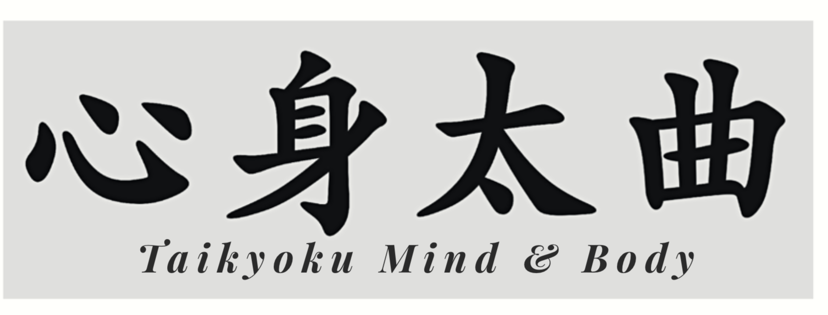In Taikyoku Budo, we often refer to our practice as being “aikido, jujutsu, and kempo” or, more appropriately, Taikyoku Budo can be expressed as aikido, jujutsu, and kempo. We must make it clear, however, that we are not talking about Aikido, Jujutsu, and Kempo as the martial arts most people think of when we use those words. Instead, for lack of more appropriate nomenclature, we use these terms generically. Think lower case ‘a’ aikido, lower case ‘j’ jujutsu, and lower case ‘k’ kempo, as opposed to Aikido, the art developed by Ueshiba Morihei, the Jujutsu of the many koryu or gendai budo organizations, or Kempo, as in Okinawan or American striking arts. For us, aikido is simply a word for arms-length grappling, jujutsu refers to body-to-body grappling, and kempo is a generic term for striking methods.
We are not saying that Taikyoku Budo is some amalgam of three other martial arts (aikido, jujutsu, and kempo). Taikyoku Budo is a unique expression of Japanese-styled arms-length grappling, body-to-body grappling, and striking, all using a specific kind of physical-mental technology we refer to as “internal strength,” derived from Chinese principles of conditioning and power generation. All of this is expressed through the form we call Taikyoku Kuzushi, five movement themes or force vectors — up/down, side-to-side, spiraling up and away from the body, spiraling down and toward the body, and power releases to a single point — derived from Ellis Amdur’s Taikyoku Aikido concept.
Paraphrasing Ellis Amdur, the Taikyoku Kuzushi (movement themes) are the container, the internal strength fills the container, and the aikido, jujutsu, or kempo are the applicator. Using a firehose analogy, the themes are the hose, internal strength is the water, and aikido, jujutsu, and kempo are the nozzle. Technique is not our starting point. Instead, we start from principles: principles of power generation, principles of movement, principles of combative spacing (maai), and principles concerning the controlled escalation of violence.
To be continued…
Robert Van Valkenburgh
